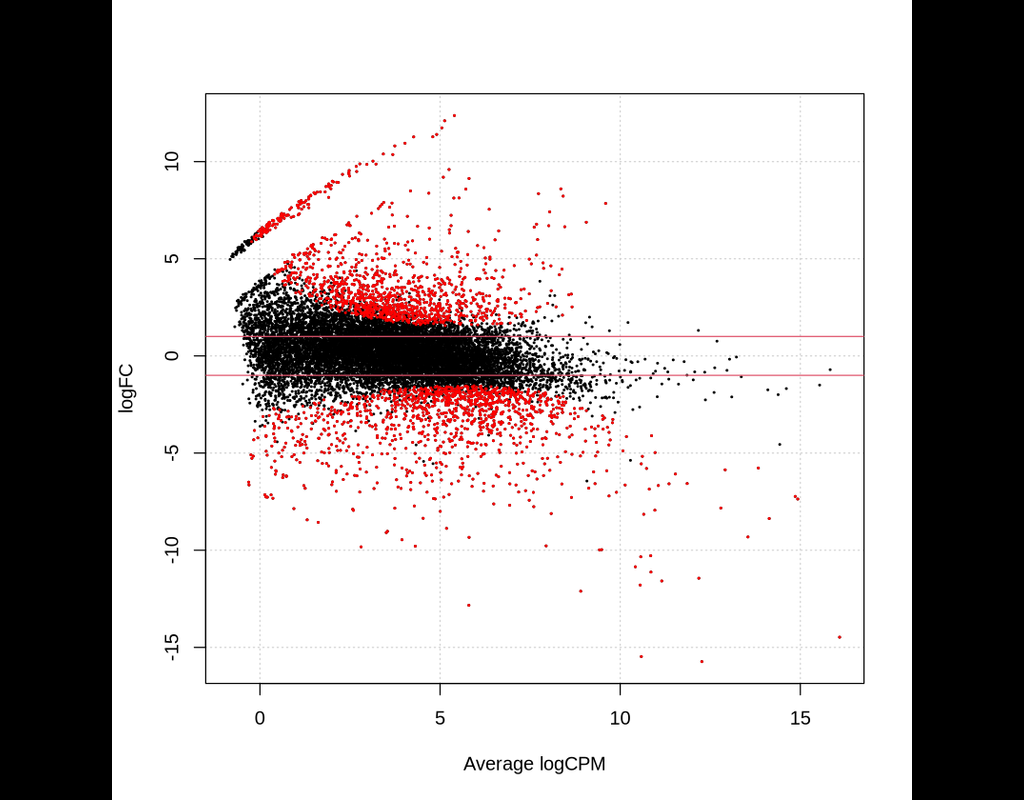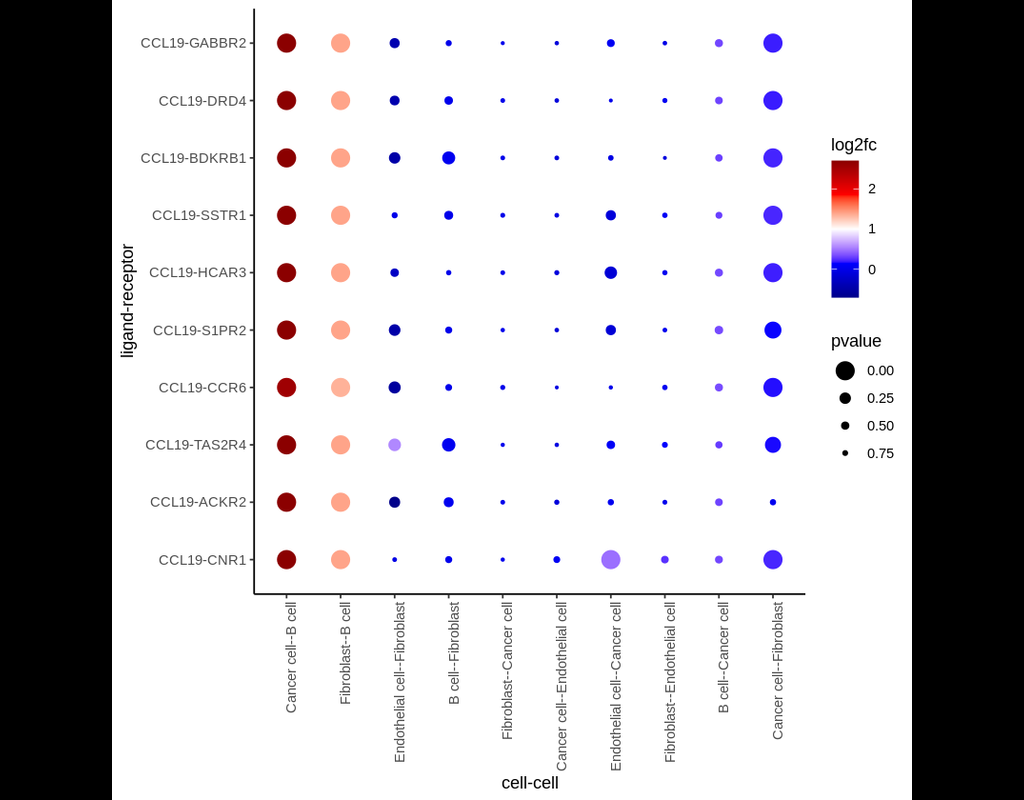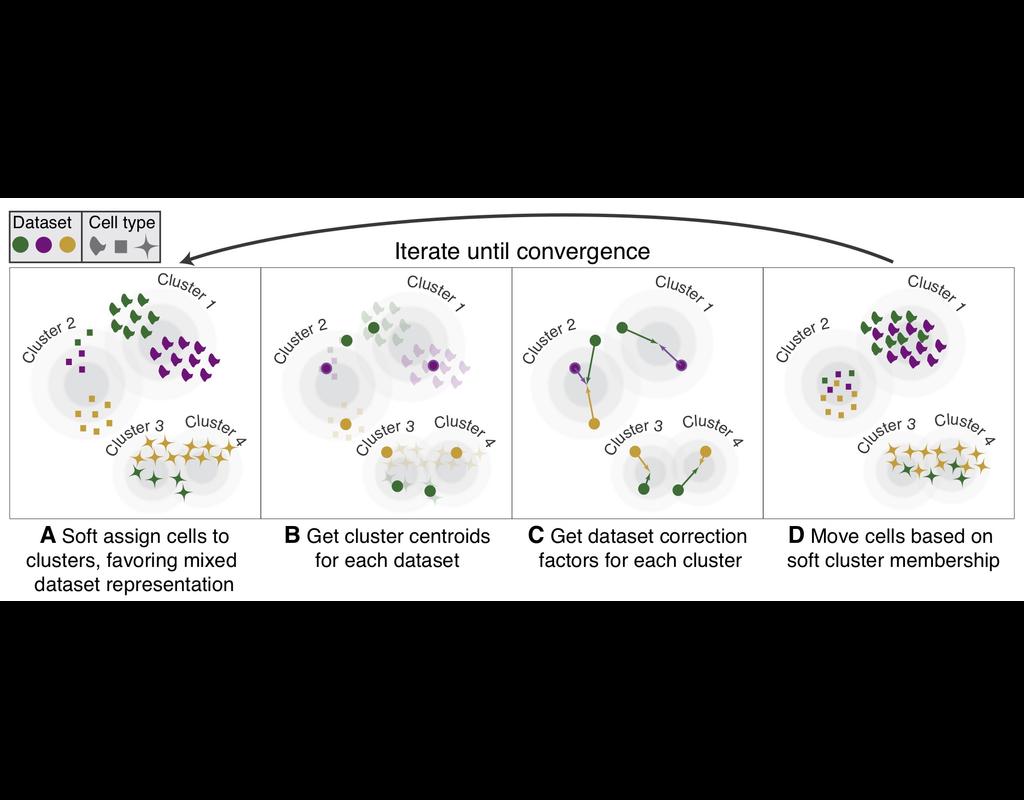Notebooks
Premium
Trends

BioTuring
This notebook provides an overview of the Bioconductor package edgeR for differential expression analyses of read counts arising from RNA-Seq, SAGE or similar technologies. The package can be applied to any technology that produces read counts for ge(More)








